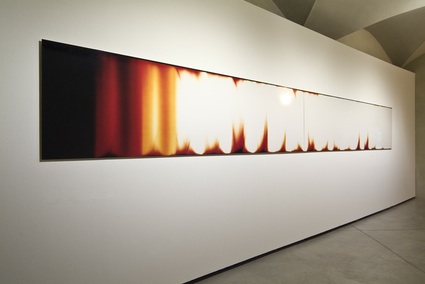Roger Hicks
Veteran
Is calling something "drivel" necessarily the same as being glib?
I'd suggest not. Based on your knowledge/opinion of the person who makes that judgement, you can take their comment seriously or not. If not: well, it doesn't matter. If you know that you habitually disagree with them, that can be valuable in its own right: I have bought books on the strength of negative reviews by reviewers whose opinions I particularly disdain. If you know that you normally have some sympathy with the views of someone who dismisses Sontag's work: well, it could save you some time wading through... yes... drivel.
Cheers,
R.
I'd suggest not. Based on your knowledge/opinion of the person who makes that judgement, you can take their comment seriously or not. If not: well, it doesn't matter. If you know that you habitually disagree with them, that can be valuable in its own right: I have bought books on the strength of negative reviews by reviewers whose opinions I particularly disdain. If you know that you normally have some sympathy with the views of someone who dismisses Sontag's work: well, it could save you some time wading through... yes... drivel.
Cheers,
R.


